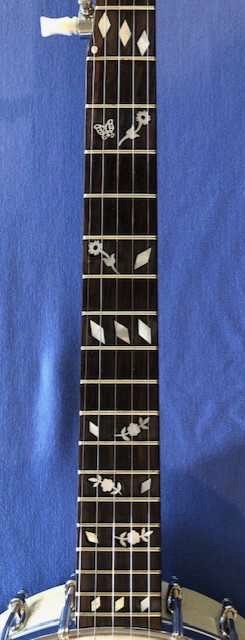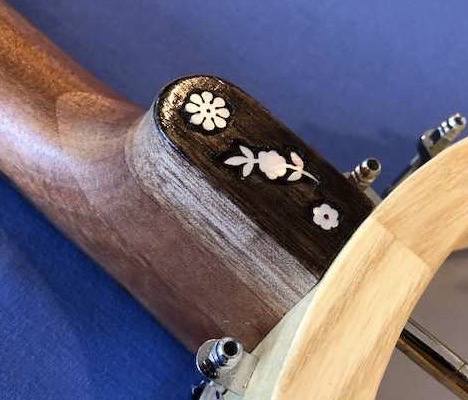Original tunes

In his high school days, the BRC founder dabbled in songwriting and performed his tunes at area talent shows. His first banjo was a Pete Seeger styled long neck that he built from parts procured at a fire sale. During his undergraduate years at a college in Massachusetts in the mid 1960`s, he performed at small venues like coffee houses, a pizza joint, and once with a rock band (the neighbors called the local constabulary to quell the noise).
Playing finger picking styles on both the banjo and guitar, supplemented with occasional harmonica, he was invited to demonstrate these techniques on the college radio station.
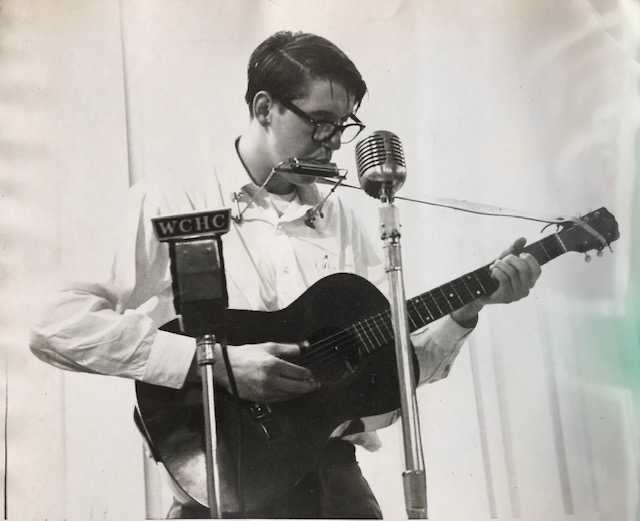
Attached is a sound track of the song “A Long Way” that he penned 1967 and did not recorded until 2005 when he made a CD entitled “Songs Mostly about the Heartland- a bonesetters tale” which was sold as a fund-raiser for the local Childrens Hospital. A folksy tune with lots of fun counterpoint, all the multi-tracked instruments and vocals are by the author (copyright 2006).

From the BRC Vega Martin Mailbox:
Hi there! Thanks for a wonderfully entertaining and informative website, I have owned (for years) a Vega long neck by Martin, serial #1807. It is in excellent condition, and I have enjoyed plinking on it for 40 years. I would love to know more about it, and possibly it’s current value. I would be glad to send some photos – is there an email to which they could be sent? Again, many thanks for your efforts on the banjo world’s behalf. B.B.
From the BRC:
Dear B.B.: Thank you for your kind remarks and detailed photos of your Vega Martin long neck 5-stringer. Your banjo serial number 1807 was built by C. F. Martin in Nazareth, PA, in 1977. Although styled like the iconic “Pete Seeger” long neck design (PS-5), it is actually a “No. 2 Tu-Ba-Phone XL” model or abbreviated as T2XL in the C.F. Martin shop logbook. Per my files, the Pete Seeger model first appeared in a Vega flyer from Boston in 1961. Apparently, Seeger`s endorsement agreement with Vega was very casual. After the sale of the Vega brand to C.F. Martin in 1970, the Seeger model appeared in the 1970 and 1972 Vega Martin catalogs but not in the 1976 catalog where it was replaced by the similar “No. 2 Tu-Ba-Phone XL” long neck. It is not clear why the gentlemanly Seeger withdrew his endorsement, but enthusiasts proffer that Pete believed the long neck banjo should stand on its own merit and not his name. C.F. Martin manufactured only 25 of the T2XL instruments, and this model was last advertised in a CFM flyer circa 1978. The No. 2 Tu-Ba-Phone XL featured appointments adopted from the Boston era Vega No. 2 banjo of yesteryear with a 3 piece maple neck, adjustable tension rod, fingerboard bound in white, and nickel-plated metal parts. The modern tube-a-phone tone ring has so-called dog bone or barbell apertures, but the #1807 banjo has vintage single hole apertures in the tone ring which is probably a left-over part from Martin`s discontinued Pete Seeger (PS-5) line. The large diameter tension rod is likely a Boston factory part inherited from the Vega inventory.
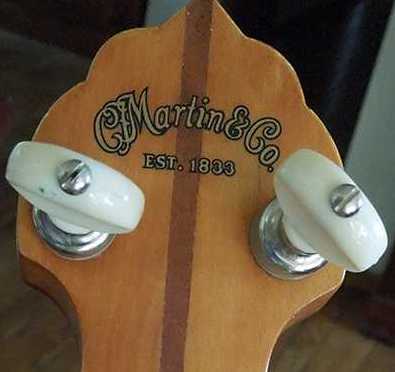
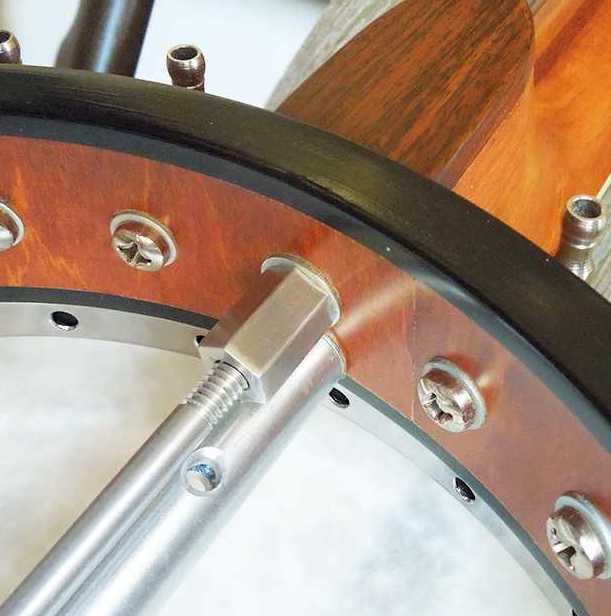
P.S. Although a Bluegrass picker, my daily practice banjo is an open back long neck Ode because of its mellow wife-friendly tone.
From the BRC: Be safe, observe social distancing, keep on picking.


